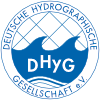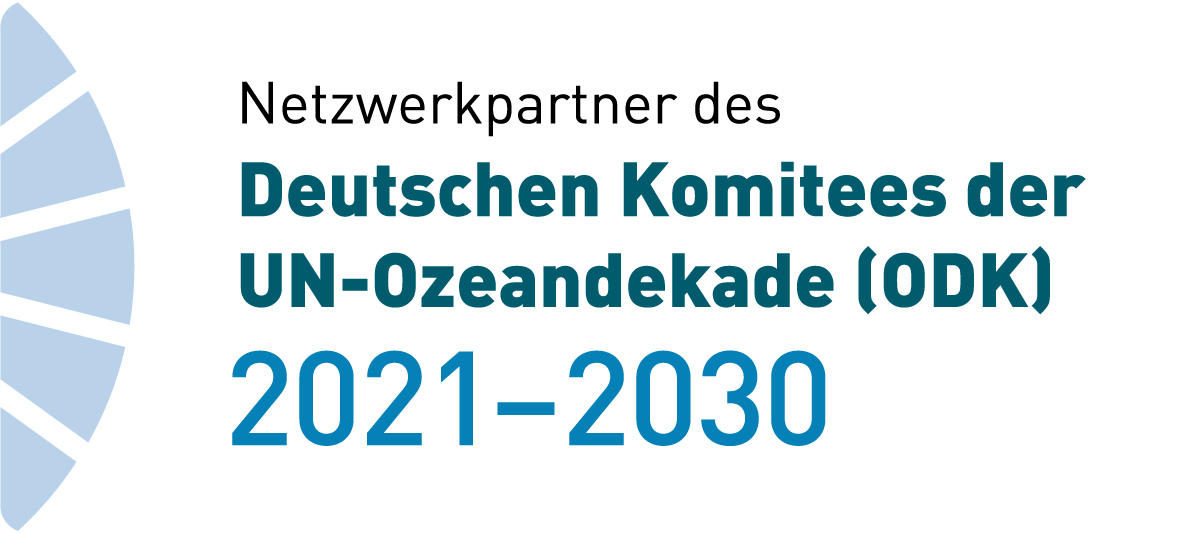HN Ausgaben wählen
- HN 132 (9)
- HN 131 (17)
- HN 130 (10)
- HN 129 (8)
- HN 128 (10)
- HN 127 (6)
- HN 126 (10)
- HN 125 (11)
- HN 124 (8)
- HN 123 (10)
- HN 122 (9)
- HN 121 (10)
- HN 120 (7)
- HN 119 (10)
- HN 118 (7)
- HN 117 (10)
- HN 116 (14)
- HN 115 (10)
- HN 114 (6)
- HN 113 (10)
- HN 112 (7)
- HN 111 (9)
- HN 110 (9)
- HN 109 (11)
- HN 108 (8)
- HN 107 (9)
- HN 106 (7)
- HN 105 (14)
- HN 104 (6)
- HN 103 (11)
- HN 102 (8)
- HN 101 (9)
- HN 100 (13)
- HN 097 (1)
Developing hydrographic management for the Saudi Arabian HO
Within the framework of Saudi Arabia establishing a hydrographic office (HO) meeting the SOLAS requirements, a 24-months project was launched in 2014 to develop hydrographic data management as necessary technical infrastructure. The author, who was involved with the definition of the project and later on serving as advisor to the contractor, describes the objectives, structure and results of the project. Particular emphasis was on integrating bathymetry, hydrography and, as far as possible, oceanography into a single system supported by fully developed Quality Management and Work Flow Management. For final quality assurance, an independent company was hired who awarded high ratings for the outcomes of the project.
Hydrographic Office | hydrographic data management | workflow management | quality assurance
- Ausgabe: HN 109 Seite: 16–19
- DOI: 10.23784/HN109-03
- Autor/en: Within the framework of Saudi Arabia establishing a hydrographic office (HO) meeting the SOLAS requirements, a 24-months project was launched in 2014 to develop hydrographic data management as necessary technical infrastructure. The author, who was involved with the definition of the project and later on serving as advisor to the contractor, describes the objectives, structure and results of the project. Particular emphasis was on integrating bathymetry, hydrography and, as far as possible, oceanography into a single system supported by fully developed Quality Management and Work Flow Management. For final quality assurance, an independent company was hired who awarded high ratings for the outcomes of the project. Hydrographic Office | hydrographic data management | workflow management | quality assurance
Bathymetrischer Tiefenmesser zur UAV-gestützten Erzeugung von Gewässerprofilen
Der Laserentfernungsmesser RIEGL BDF-1 wurde speziell für bathymetrische Vermessungsaufgaben entwickelt. Von einem UAV aus betrieben, ist das kompakte und leichte Gerät dafür geeignet, Wasseroberfläche und Boden für die Erstellung von Gewässerprofilen zu erfassen. Der Sensor besteht aus einem Laserentfernungsmesser, einer Neigungskompensation, einer IMU/GNSS-Einheit mit Antenne, einer Steuereinheit und er unterstützt die Ansteuerung externer Kameras. Der Laserentfernungsmesser sendet Laserpulse mit einer Pulswiederholrate von 4 kHz aus. Das Echosignal für jeden Laserpuls wird digitalisiert und aufgezeichnet. Nach der Datenerfassung werden die Wellenformen von einem Algorithmus verarbeitet, der auch automatisch Wasseroberfläche, Wassersäule und Bodenziele klassifiziert. Das Gerät liefert auch bei geringen Wassertiefen zuverlässige Messergebnisse mit hoher Genauigkeit.
Laserbathymetrie | Laserentfernungsmesser | BDF-1 | RiCOPTER | BathyCopter | Wellenformverarbeitung
- Ausgabe: HN 109 Seite: 12–15
- DOI: 10.23784/HN109-02
- Autor/en: Martin Pfennigbauer
Nutzung von SAPOS-Korrekturdaten in der Seevermessung
Schon immer war es notwendig, die im Rahmen der Seevermessung geloteten Tiefen auf einen einheitlich definierten Horizont zu beziehen, weil immer zu dem gerade vorherrschenden Wasserstand gelotet wurde und weil dieser Wasserstand variabel ist. Insofern ist die Gezeitenbeschickung, also die Reduktion der geloteten Tiefen auf einen Bezugshorizont, neben der Tiefenmessung selbst und der Bestimmung der zugehörigen Position eine der Hauptaufgaben der Seevermessung. Lange Zeit war mit ihr der größte Fehlereinfluss verbunden, zumindest in der Nordsee. Und auch heute noch erfordert das Verfahren der Gezeitenbeschickung eine große Sachkenntnis und viel Erfahrung, um grobe Fehler zu vermeiden. Im Beitrag wird der Werdegang der Gezeitenbeschickung aufgezeigt und der aktuelle Stand beschrieben, und schließlich werden noch einige Gedanken zur Weiterentwicklung angerissen.
Beschickung | Pegel | Wasserstandserrechnungskarte | Normalhöhennull – NHN | Seekartennull –SKN | Lowest Astronomical Tide – LAT | SAPOS | Precise Point Positioning – PPP | AWZ-Vernetzung | FAMOS
- Ausgabe: HN 109 Seite: 6–11
- DOI: 10.23784/HN109-01
- Autor/en: Wilfried Ellmer
MARSAT-Workshop
Im Projekt MARSAT arbeiten fünf privatwirtschaftliche Unternehmen und eine Forschungseinrichtung eng zusammen, um mit Hilfe von Satellitendaten neue Dienste für die maritime Wirtschaft zu entwickeln. Dazu zählen etwa die Optimierung von Schiffsrouten, tagesaktuelle Eisdienste oder Seebodenkartierungen. Neben der Schifffahrt soll auch die Offshore-Industrie von den neuen Services profitieren, ebenso wie Notfall- und Bergungsdienste. Am 21. September 2017 fand in Hamburg ein erster User-Workshop des Projektes statt.
- Ausgabe: HN 108 Seite: 46
- DOI: 10.23784/HN108-08
- Autor/en: Peter Dugge
Hydrographische Inhalte auf Stabkarten – Stabkarten zur Navigation im Seegebiet der Marshallinseln/Mikronesien im Pazifik
Insulaner der Marshallinseln/Mikronesien im Pazifik benutzten Gitterwerksignaturen auf Stabkarten als Orientierungshilfe zur Navigation. Exemplarisch werden zwei Stabkarten (Medos) mit Gitterwerksignaturen von charakteristischen Dünungswellen gezeigt. Knotenlinien oder okar werden durch Interferenzen von Dünungswellenablenkungen von Atollen und Inseln erzeugt. Durch die Approximation eines Atolls oder einer Insel in Form eines Wellenbrechers werden Interferenzmuster mathematisch durch die Theorie der Beugung/Diffraktion erklärt. Diese Charakteristiken von Wasserwellen können im 19. Jahrhundert als eine der ersten historischen Untersuchungsobjekte der Hydrographie betrachtet werden.
Marshallinseln | Stabkarte | Navigation | Diffraktion | Interferenz
- Ausgabe: HN 108 Seite: 40–45
- DOI: 10.23784/HN108-07
- Autor/en: Ingo Hennings


